It’s that time of year again, for looking back over what I’ve read and picking out the highlights. In previous years, I’ve limited my list to books published in the year in question, or split it equally between old and new titles. For 2012, I’m just doing a straightforward list of my favourite twelve reads of the year, regardless of when they were first published.
So, in alphabetical order of author surname, here they are:
Adrian Barnes, Nod
Telling of a battle of words and perceptions in contemporary Vancouver, this is a dystopian novel with the nervous energy of a new world still being negotiated, and a keen sense of its own precariousness. It never feels as though it’s about to settle.
M. John Harrison, Viriconium
Possibly the ultimate anti-escapist fantasy (and almost certainly the only major work of fantastic literature to be set partly in my home town of Huddersfield). In this collection of novels and stories, it’s fantasy that does the escaping, leaving readers and characters alike scrabbling at mirrors.
Katie Kitamura, The Longshot
The tale of a mixed martial artist heading for one last shot at glory. This short novel is as taut and focused as a winning fighter; it’s a brilliant unity of form and subject.
Jonathan Lee, Joy
A fine character study of a successful young lawyer who attempts to take her own life in front of her work colleagues, and of other key figures in her life. Lee has superb control of voice and tone, and the whole novel is a great pleasure to read.
Simon Lelic, The Child Who
Here, by coincidence, is another incisive character study focusing on a lawyer – this time the solicitor defending a twelve-year-old accused of murder whom he (and everyone else) knows is guilty. This unusual angle enables Lelic to give certain key scenes an unexpected texture, and to give a complex picture of the issues he raises.
Karen Lord, Redemption in Indigo
A Senegalese folktale spliced with quantum physics. A morality tale whose only moral is that the reader should decide on one for herself. An examination of choice wrapped up in a glorious piece of storytelling that knows just when to turn on itself.
Julie Otsuka, The Buddha in the Attic
A chorus of narrators tells the story (and stories) of a group of Japanese ‘picture brides’ who go to the US at the start of the last century, and their descendants. Otsuka’s short novel is a beautiful composition whose focus shifts elegantly back and forth between a wider and more individual view.
Keith Ridgway, Hawthorn & Child
An anti-detective novel in which any semblance of narrative or coherence dissipates as soon as you look. Its pieces are brought together into a whole by superb writing and Ridgway’s distinctive aesthetic.
Adam Roberts, Jack Glass
Read during my ongoing semi-hiatus, this novel brings together Golden Age detective fiction and science fiction, and interrogates them. It is very much alive to the limitations and shortcomings of those types of fiction, but still plays fair with the reader. (See Jonathan McCalmont’s masterful review for more on the book.)
Zadie Smith, NW
A collage of a novel that examines the connections between several characters’ lives in north-west London. Smith goes through several different styles and approaches in NW, but all combine successfully in this insightful read.
Muriel Spark, The Driver’s Seat
A deeply unsettling piece of work that turns the concept of the murder mystery on its head and – perhaps even more effectively – puts a dark twist on the notion of a character study. This is the sort of novel that makes me want to explore the rest of its author’s œuvre.
Lucy Wood, Diving Belles
My favourite debut of the year, this collection brings Cornish folklore into the present day. These stories are by turns amusing, mysterious and evocative; I can’t wait to see what Wood writes next.
***
This will be my last blog post of 2012. Wherever you are, I’d like to thank you for reading and wish you well for the coming year. See you again in 2013.
Like this:
Like Loading...
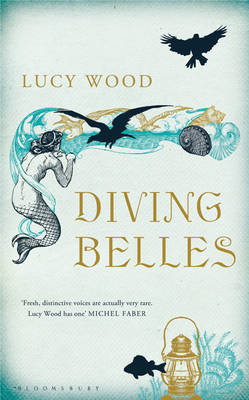
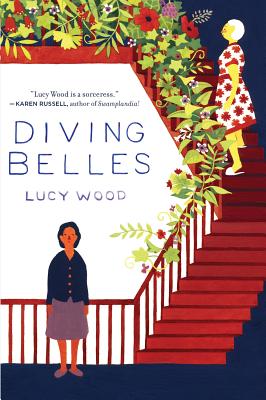
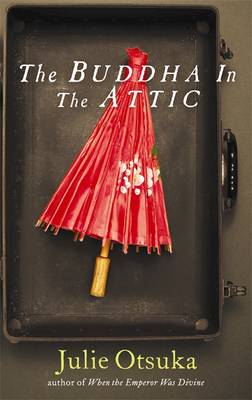
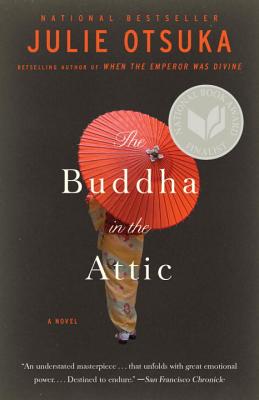
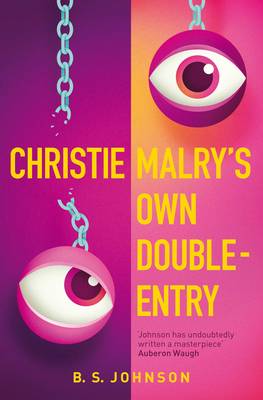
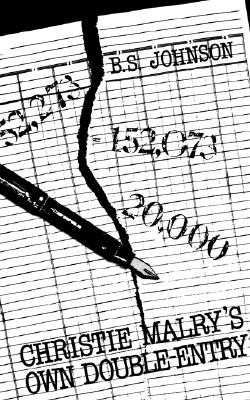
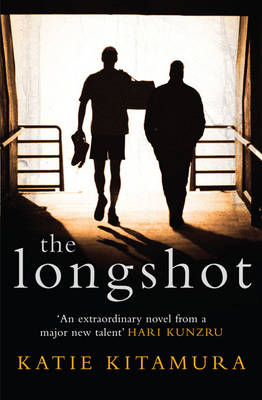
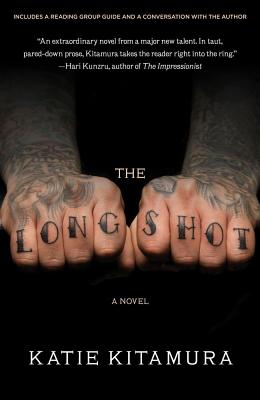
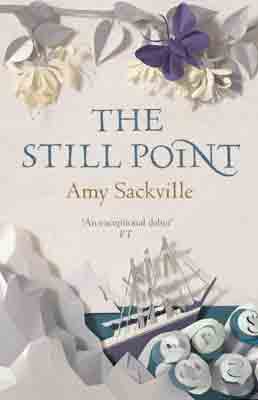
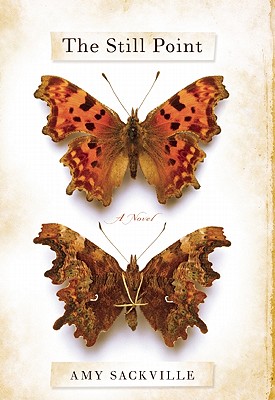
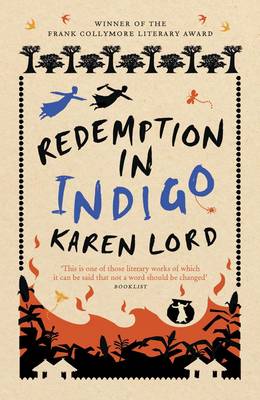
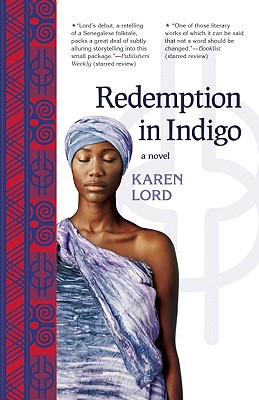
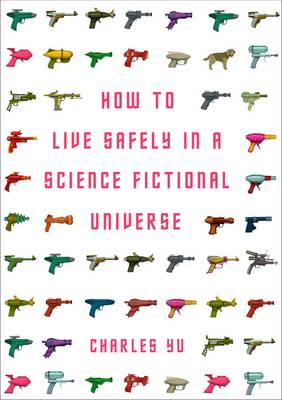
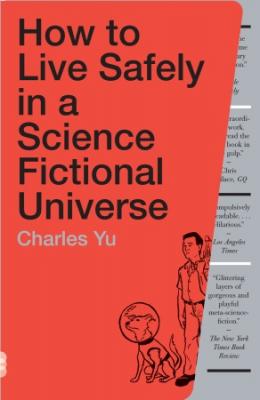

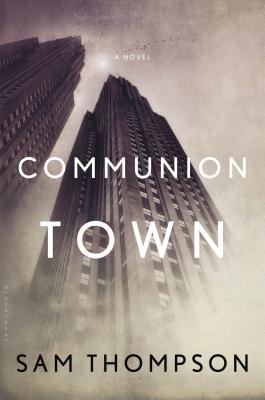
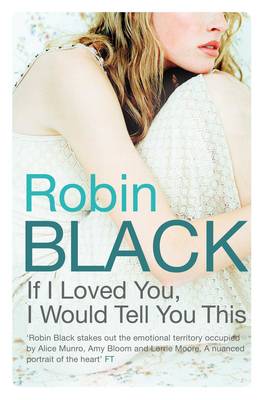
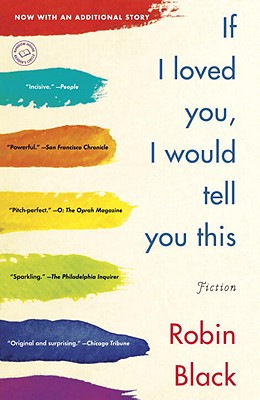
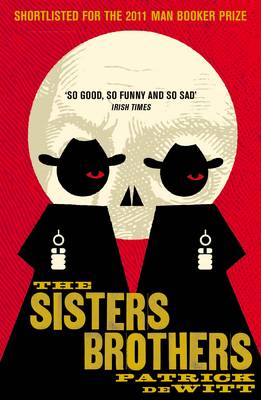
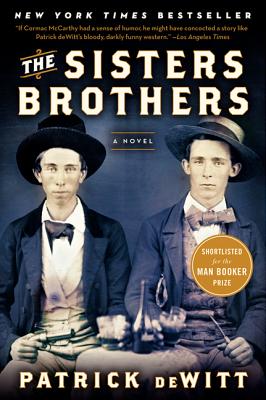

 Today, I’m trying out a different approach to blogging about an anthology, by concentrating on three particular pieces from it. The anthology in question is the Autumn 2011 issue of Granta, whose theme is ‘Horror’. It was my first time reading all three of these authors; I’ll go through their work in the order in which it appears in the anthology.
Today, I’m trying out a different approach to blogging about an anthology, by concentrating on three particular pieces from it. The anthology in question is the Autumn 2011 issue of Granta, whose theme is ‘Horror’. It was my first time reading all three of these authors; I’ll go through their work in the order in which it appears in the anthology.
Recent Comments